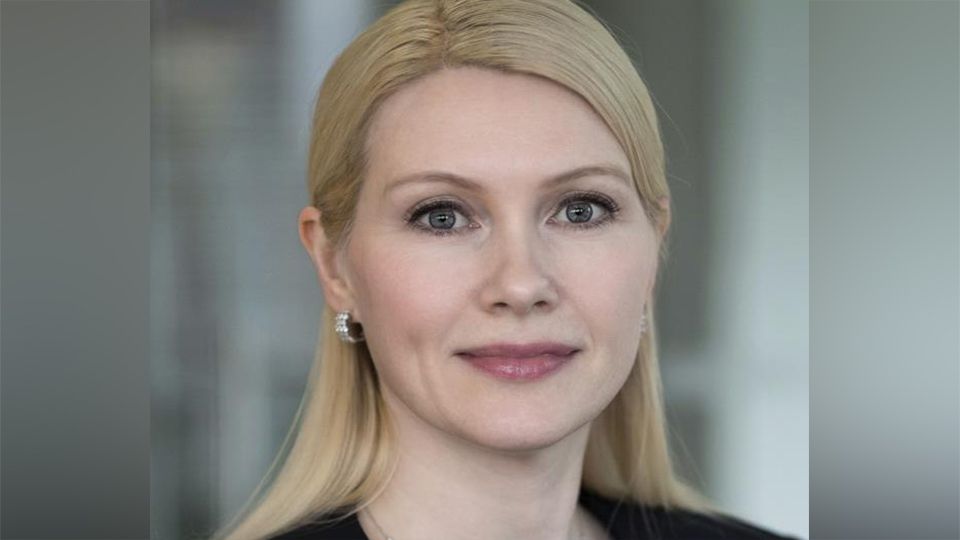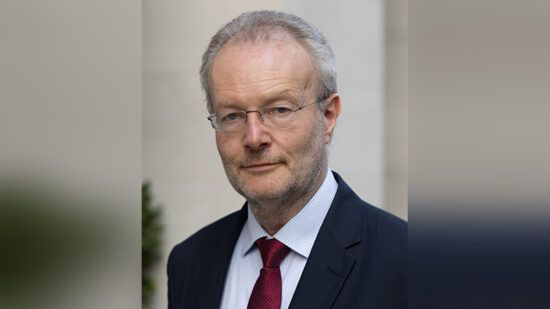Some 2.2bn people currently live without access to safe water, while 4.2bn go without safe sanitation services. The significance of this finite resource is wide-reaching, with the United Nations (UN) estimating that water is the primary medium through which we will feel the effects of climate change.
The UN has also estimated that around 70% of the Earth is covered by water. Only 2.5% of that is fresh water — essential for drinking, growing and production — while less than half of that is usable and easily accessible. The rest is salt water, polluted or locked up in polar ice caps, glaciers and permafrost.
The effects of climate change are increasingly exacerbating this scarce supply:
- Up to 3.5bn people could face water scarcity as soon as 2025
- Between 1970 and 2015, natural wetlands shrank by 35% — three times the rate of forest loss
- Global water demand is expected to increase 55% by 2050
Research carried out in conjunction with Woodwell Climate Research Center reaffirms the investment case for solutions that strengthen water infrastructure and advance water conservation and efficiency. Some are long term — for instance, desalination is an expensive process with potentially negative environmental side effects but, with intensifying water scarcity, it may become a more viable option in certain regions. More immediate opportunities relate to the fragmented water value chain, where we think businesses may be able to consolidate competitive advantages and drive change, particularly by leveraging digital capabilities.
Investment potential across the water value chain
Companies and issuers are increasingly developing innovative solutions across the water value chain. Below are a few examples:
- Evoqua offers a range of water and wastewater treatment solutions, which include disinfection, filtration and high-purity water systems. The company has contributed to more than 200,000 installations, the removal of 166,297 kg of metal during water treatment and the processing of 141.6bn cubic metres of water.
- Aegea provides clean water and sewage services across Brazil, with its operations spanning more than 150 cities. The company’s services reach 21m individuals across more than 3.7m households. Aegea’s products and services aim to improve water security and reduce water loss, and include repairing and replacing water networks, drilling aquifers and installing water pressure meters.
- Supreme Industries is an Indian manufacturing company with a wide range of plumbing and sanitation products. The company already has a large manufacturing footprint across India and has a strong addressable market opportunity, given that over 70% of sewage in India is discharged untreated — polluting rivers, coastal areas and wells across 75% of the country’s water bodies.
Uncharted waters
In recent years, notable progress has taken place in the innovative solutions being developed and deployed by water treatment and management companies around the world.
However, with the UN estimating a staggering funding gap of $114bn per year to achieve UN Sustainable Development Goal 6 (Clean Water & Sanitation) by 2030, there remains a long way to go.
Ultimately, investors, businesses and governments each have a crucial role to play to help plug this finance gap, as part of the efforts globally to transition towards a sustainable future.








